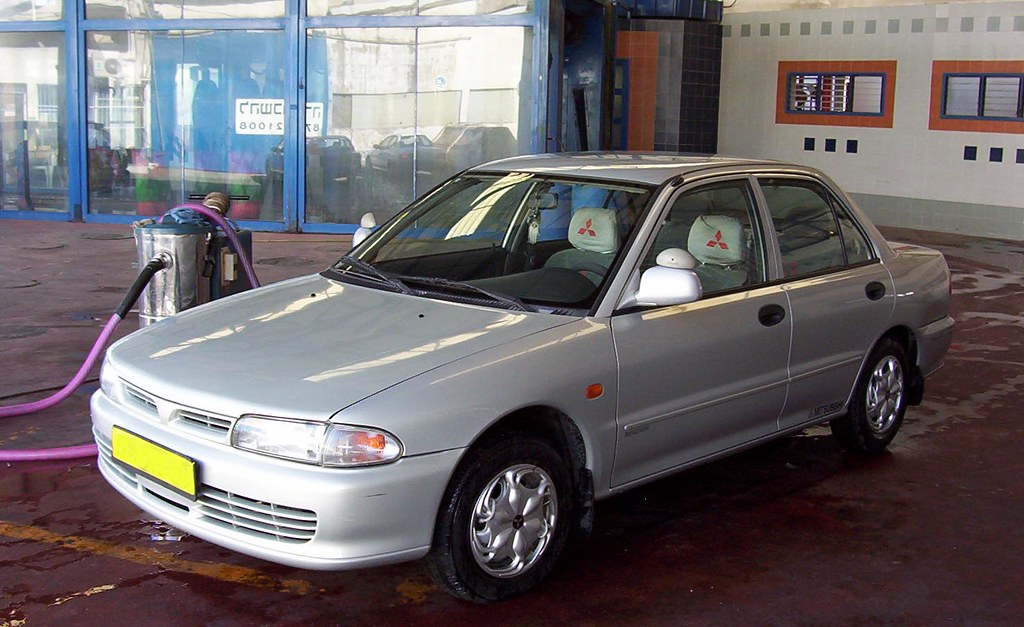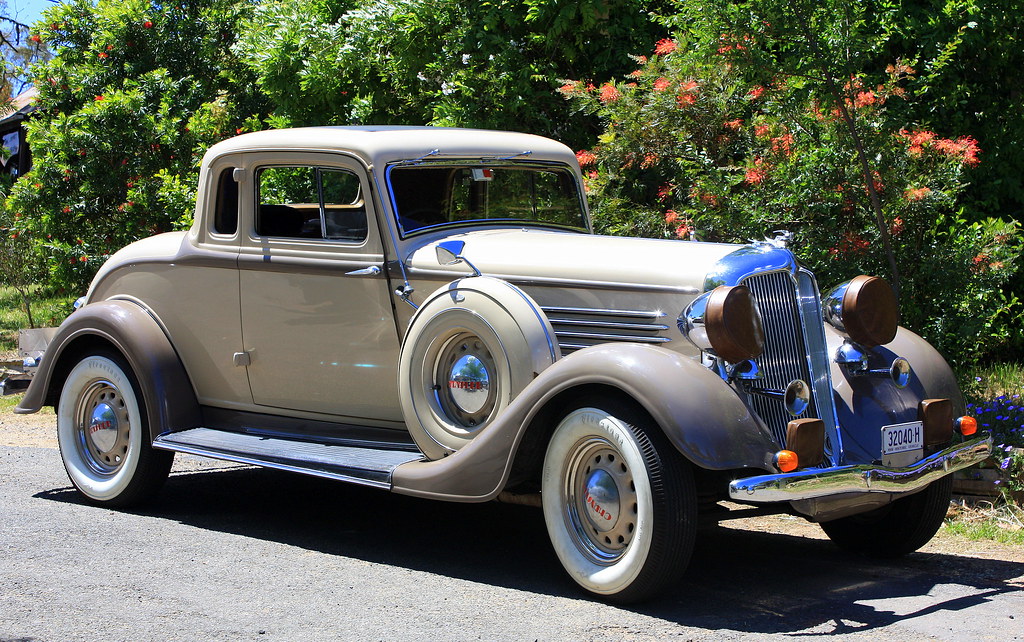
Keeping your car in top shape doesn’t always require a trip to the mechanic. Many essential maintenance tasks are surprisingly straightforward, allowing you to save both time and money. Among these, replacing your cabin air filter stands out as one of the simplest yet most impactful DIY projects you can tackle.
This small but mighty component plays a crucial role in ensuring the air you breathe inside your vehicle is clean and fresh. If you’ve noticed a musty odor, weak airflow from your vents, or even increased dust inside your car, it’s a clear sign that your cabin air filter might be crying out for attention. Fortunately, with just a few basic tools and a bit of guidance, you can easily restore your vehicle’s interior air quality to its prime.
We’re here to demystify the process, breaking down everything you need to know about your cabin air filter, from its function to a comprehensive step-by-step replacement guide. Get ready to roll up your sleeves and discover how simple it is to upgrade your driving experience with cleaner, healthier air.
1. **What is a Cabin Air Filter & Why it Matters**Your car’s cabin air filter serves as a vital screen, diligently filtering contaminants out of the air that enters your vehicle’s interior. This multi-fiber paper, cotton, or engineered material barrier is designed to catch dust, pollen, allergens, and other road debris before they circulate through your AC vents. It’s truly your vehicle’s unsung hero when it comes to interior air quality.
The primary function of this filter is to ensure that you and your passengers are breathing clean air, free of fine particulates that can otherwise make your driving experience less pleasant or even trigger allergic reactions. Beyond just comfort, a well-functioning cabin filter also helps trap foul odors, preventing them from infiltrating your vehicle’s interior and keeping it smelling fresh.
Over time, as your car logs miles and encounters various environmental conditions, the cabin air filter gradually collects more and more contaminants. This accumulation eventually leads to clogging, which diminishes the filter’s effectiveness. When clogged, it can no longer adequately clean the incoming air, letting in more dust and allergens and potentially impacting your health and comfort.
Many drivers don’t realize how crucial this component is until they experience symptoms of a clogged filter. The good news is, understanding its importance is the first step toward proactive maintenance, ensuring that your vehicle consistently provides a clean and healthy environment for everyone inside. Regularly addressing this simple component makes a significant difference.
Read more about: Road Test Confessions: 11 SUVs Reviewers Allegedly Love, But We’d Never Buy (And Here’s Why)
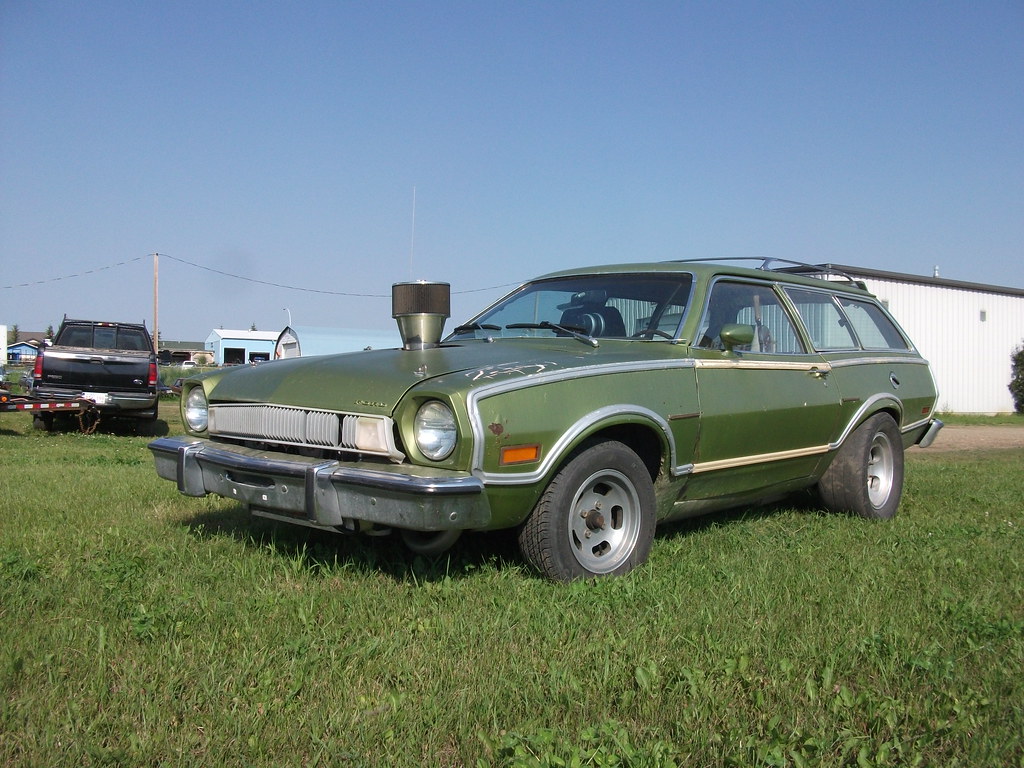
2. **Benefits of Changing Your Cabin Air Filter**Opting to change your cabin air filter regularly offers a cascade of tangible benefits, transforming your driving environment from merely tolerable to genuinely pleasant and healthy. It’s an investment in both your vehicle’s performance and your personal well-being.
The most immediate and noticeable advantage is a significant improvement in air quality. A new, clean filter ensures that dust, pollen, and other pollutants are effectively removed from the air circulating inside your car. This means fewer airborne irritants, leading to a much cleaner and fresher interior that’s a joy to experience on every journey.
Beyond just cleaner air, a fresh filter dramatically enhances your heating, ventilation, and air conditioning (HVAC) system’s performance. When the filter is clean, air can flow freely, allowing your AC and heating to work more efficiently without being strained. This not only keeps your cabin at the desired temperature more effectively but also reduces the stress on your HVAC components, potentially extending their lifespan.
From a health perspective, reducing allergens and pollutants in the cabin can significantly help alleviate respiratory issues and allergy symptoms for you and your passengers. For those sensitive to pollen or dust, a clean cabin filter can turn a challenging drive into a comfortable one. Furthermore, a new filter effectively eliminates unpleasant smells that might otherwise arise from mold, mildew, or other contaminants trapped in an old, dirty filter, ensuring a continually fresh scent in your car.
Read more about: Unleash Your Inner Mechanic: 15 Essential DIY Car Hacks to Save a Fortune on Maintenance

3. **When to Replace Your Cabin Air Filter**Knowing the optimal time to replace your cabin air filter is key to maintaining consistent air quality and HVAC performance in your vehicle. While specific recommendations can vary, there are general guidelines and vehicle-specific instructions that can help you stay on schedule.
As a general rule of thumb, it’s recommended to change your cabin air filter every 15,000 to 30,000 miles, or at least once a year. Keeping track of your vehicle’s mileage when you replace the filter will give you a clear indicator for the next replacement interval. Even if you don’t hit the mileage mark, an annual check-up ensures that your HVAC system remains running properly and efficiently.
However, for the most precise guidance tailored to your specific make and model, your vehicle’s owner’s manual is your ultimate resource. It will provide a more specific replacement schedule, which might differ based on the vehicle’s design and manufacturer’s specifications. Checking the manual is always the best way to ensure you’re following the recommended maintenance plan.
It’s also important to consider your driving conditions. If you frequently drive in dusty environments, areas with high pollen counts, or climates that require heavy use of your vehicle’s fan (either for heating or cooling), your filter may accumulate particulates more quickly. In such cases, you might find yourself needing to replace it more often than the standard recommendation to maintain optimal air quality.
Read more about: Unleash Your Inner Mechanic: 15 Essential DIY Car Hacks to Save a Fortune on Maintenance
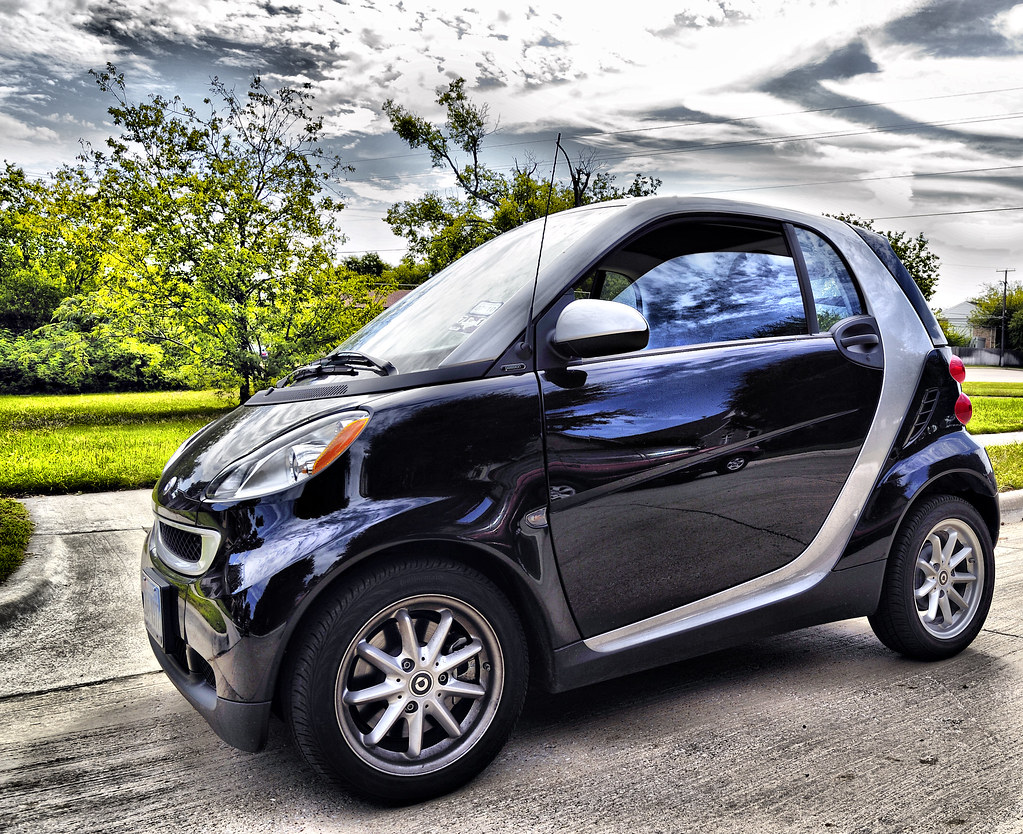
4. **Signs of a Bad Cabin Air Filter**Your vehicle often gives subtle, and sometimes not-so-subtle, clues when something isn’t quite right. Recognizing the signs of a failing cabin air filter can prompt timely action, preventing discomfort and potential strain on your car’s ventilation system.
One of the most common indicators is the presence of musty or foul odors whenever you run the AC or heat. Auto detailing expert Chad Zani notes that when a filter becomes full of dirt or rotting leaves, it can store unpleasant smells. If your car interior consistently smells off, even after cleaning, a clogged filter is a prime suspect.
Another tell-tale sign is reduced airflow from your car’s vents. If you crank up the fan but still feel a weak breeze, it often means the cabin air filter is choked with debris, restricting the amount of air that can pass through. This can lead to your HVAC system working harder than it needs to, potentially impacting its longevity.
Beyond airflow and odors, you might notice slower window defrosting or defogging. Since a clogged filter restricts overall airflow, your defroster won’t be as effective at clearing ice or fog from your windshield and windows. Waiting a long time for your windows to clear up before driving is a clear signal that the cabin air filter could be the culprit.
Finally, an old or clogged filter can lead to an increase in dust buildup inside your vehicle. Finer particles that the filter can no longer trap will find their way through your vents. If you’ve observed more dust on surfaces, or if you find yourself sneezing more often while driving, there’s a good chance it’s time for a replacement.
Read more about: Instant Disappointment: 10 Sports Cars That Failed to Live Up to the Hype Off the Assembly Line.
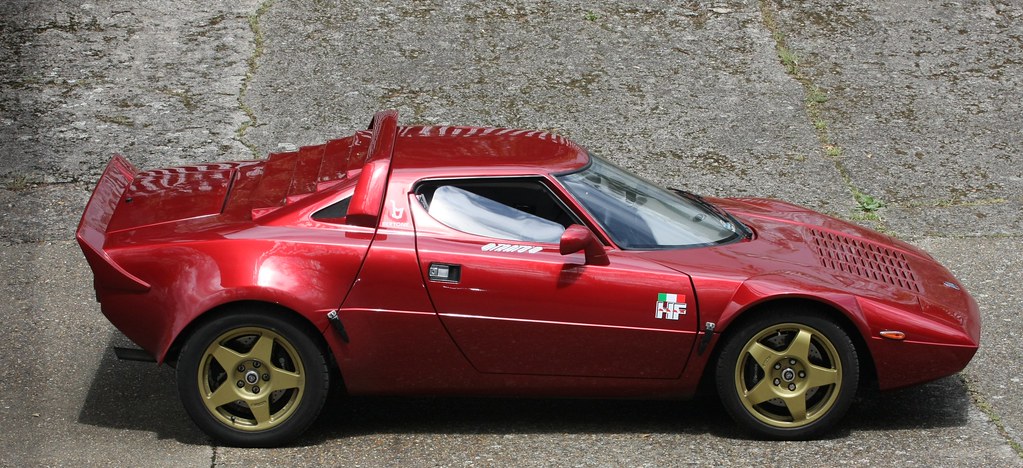
5. **Tools and Materials Needed**Embarking on any DIY car maintenance task begins with gathering the right equipment. Fortunately, changing your cabin air filter is one of those projects that requires minimal specialized tools, making it accessible for almost anyone to tackle successfully. Having these items on hand will ensure a smooth and efficient replacement process.
The most essential item, of course, is a brand new cabin air filter specifically designed for your vehicle’s make and model. You can often find this information in your car’s manual or by inspecting the old filter itself. For optimal air quality, consider a HEPA-approved filter to catch the most contaminants and allergens, or a carbon filter for better odor control, such as a Bosch HEPA filter.
A screwdriver is often essential, though the type can vary by vehicle. Some cars might require a Phillips head, while others need a flathead. It’s a good practice to have both on hand, just in case. Using the correct size and type of screwdriver is important to avoid stripping screws, which can complicate removal. A small container for screws can also prevent them from getting lost during the process.
Additionally, having a pair of disposable gloves is highly recommended. Cabin filters are usually covered with dirt, dust, and small road debris, and gloves will keep your hands clean. A flashlight can be invaluable for peering into tight spaces and ensuring you can clearly see the filter housing and its clips or screws. Lastly, a vacuum cleaner is useful for tidying up any debris that might escape the old filter, preventing it from settling inside your vehicle’s interior.
Read more about: Unleash Your Inner Mechanic: 15 Essential DIY Car Hacks to Save a Fortune on Maintenance

6. **Locating the Cabin Air Filter (Manual & General)**The crucial first step in replacing your cabin air filter is accurately pinpointing its location within your vehicle. While it might seem like a daunting task, your car’s owner’s manual is your most reliable guide, offering precise, model-specific instructions that take the guesswork out of the process.
Consulting your vehicle manual is paramount. This indispensable resource provides detailed information specific to your car model, including accurate location details and often step-by-step guides on how to access and replace the filter. Many manuals even include illustrations or diagrams, making the visual understanding of the process much easier to grasp. If you don’t have a physical copy, remember that most manufacturers offer digital versions readily available on their websites; a quick search for your vehicle’s make and model will usually lead you straight to it.
Beyond the manual, there are common areas where cabin air filters are typically found. On most vehicles, the cabin air filter is located behind the glove box or a piece of trim on the passenger side. This is often the case for most sedans and SUVs, making it a generally accessible spot for DIY enthusiasts. You’ll usually need to open and empty the glove box first to gain access.
However, the location can indeed vary significantly across different makes and models. Some vehicles, particularly certain trucks, larger vehicles, or European cars, may have access from underneath the hood, often near the windshield or in the air intake area. Luxury cars and older models might position the filter under the dashboard on the passenger side, possibly requiring the removal of a panel or cover. Always check your manual first to ensure you’re working in the right area for your specific car.
7. **Accessing the Filter Housing (Removing Glove Box or Trim)**After successfully locating your cabin air filter using your vehicle’s manual or general knowledge, the next critical step is to physically access the filter housing. This often involves a simple process of removing the glove box or certain trim pieces on the passenger side of your vehicle. While the specific procedure can vary slightly by model, the underlying principles remain straightforward and manageable for most DIY enthusiasts.
Should your vehicle require the glove box to be removed, begin by opening and thoroughly emptying it to prevent any items from falling out or becoming damaged during the process. On the majority of models, you will first need to disconnect any lever holding the glove box securely in place. Following this, locate the tabs or screws positioned inside the glove box and carefully undo them. Once these fasteners are released, your glove box should lift out easily, granting you the necessary access behind it to proceed with the filter replacement.
In instances where a trim piece obstructs access to the filter, examine it for small tabs or clips that secure it. With a gentle but firm hand, carefully pry the trim piece off, ensuring not to apply excessive force that could cause damage. It’s worth noting that for most cabin filter replacements, you typically won’t need specialized tools; however, it’s always a good practice to keep a screwdriver, both Phillips and flathead, readily on hand just in case it’s required for any stubborn screws. Some newer vehicles might even allow access to the cabin filter without the need to remove the glove box entirely, simplifying the task even further.
Having the right approach to access is key to a smooth replacement. Double-checking your vehicle’s manual for specific instructions on glove box or trim removal for your make and model will provide the most precise guidance, ensuring you can confidently expose the filter housing without complications. This methodical preparation sets the stage for the successful removal of the old filter.
8. **Removing the Old Cabin Air Filter**With the filter housing now accessible, you’re ready to tackle the removal of the old, clogged cabin air filter. This is often a visual moment that truly highlights the importance of regular replacement, as you’ll likely see a significant accumulation of dirt and debris that your filter has diligently captured over time. Taking precautions during this step will help maintain a clean vehicle interior.
Begin by locating the rectangular panel cover that conceals the old filter. This cover is typically held in place by small clips or sometimes screws. Carefully undo these clips or unscrew the fasteners to expose the filter compartment. As you prepare to remove the filter, it is highly recommended to wear a pair of disposable gloves. Cabin filters are usually covered with dirt, dust, and small road debris, and gloves will protect your hands from these contaminants.
Once the cover is off, simply grip the dirty filter and pull it straight out from its compartment. Be mindful of its orientation as you remove it; noting which way the airflow arrow or text is pointing can be a helpful reference for installing the new filter correctly. As you extract the filter, exercise caution to avoid spilling any accumulated dirt or debris inside your vehicle’s interior, as this can quickly create a mess. The old filter can then be safely tossed into your regular trash can.
In some cases, particularly with larger or luxury vehicles, you might find that your car is equipped with two cabin air filters. If this applies to your vehicle, remember that once you remove the first one, the second filter will then become accessible for removal. After successfully removing all old filters, take a moment to inspect the empty housing area. A quick vacuum or wipe with a damp cloth to remove any remaining dust or loose debris will ensure that the new filter operates in the cleanest possible environment.
Read more about: Unleash Your Inner Mechanic: 15 Essential DIY Car Hacks to Save a Fortune on Maintenance
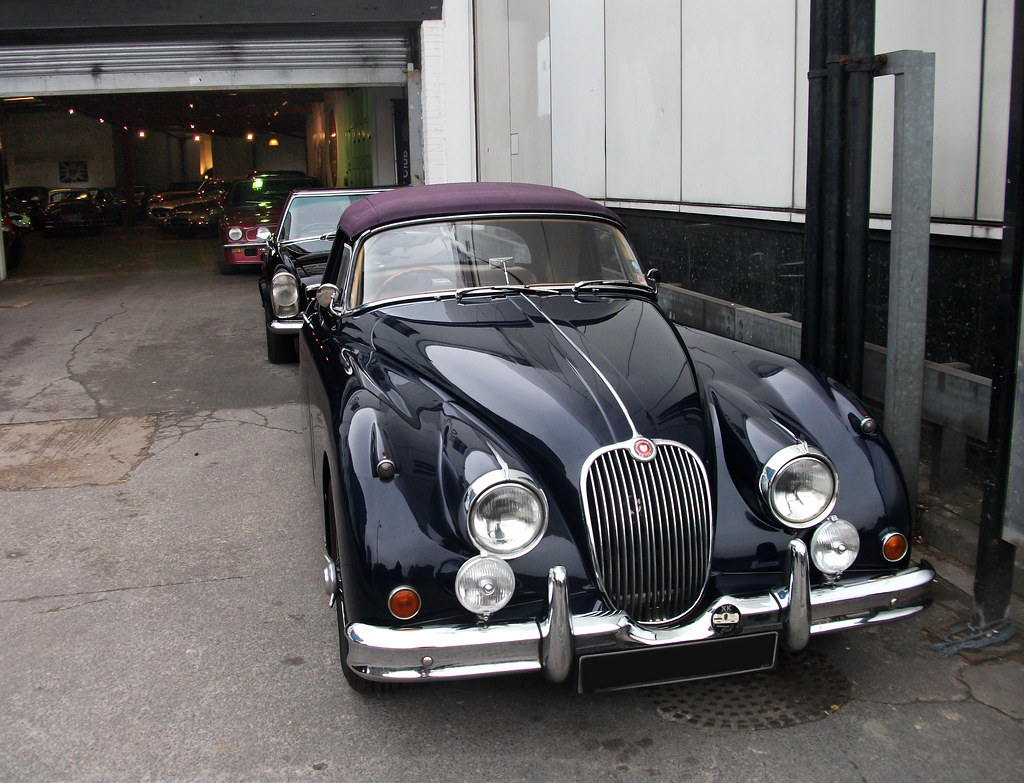
9. **Installing the New Cabin Air Filter (Placement)**Once the old, dirty filter has been successfully removed and the housing cleaned, the next step is to install your brand-new cabin air filter. This is where you truly start to restore your vehicle’s interior air quality. The key to effective filtration lies in selecting the correct filter for your vehicle and ensuring it is inserted with the proper orientation.
First and foremost, ensure you have purchased a cabin air filter that is specifically designed for the make and model of your vehicle. This information can typically be found in your car’s owner’s manual or by cross-referencing the part number from the old filter. For those seeking optimal air quality, consider a HEPA-approved filter, which is highly effective at catching a wider range of contaminants and allergens, or a carbon filter for superior odor control, such as a Bosch HEPA filter.
Before inserting the new filter, take a moment to carefully examine its sides. You will typically find an arrow or text indicating the direction of airflow. It is absolutely crucial to ensure this arrow is facing in the correct direction, usually upwards or in the direction of the fan motor, as indicated by the old filter’s orientation or your vehicle’s manual. Properly aligning the filter with the intended airflow ensures that air passes through the filtering media as designed, maximizing its effectiveness.
With the correct orientation confirmed, gently slide the new filter into the slot until it sits snugly within the housing. It’s important that the filter is not forced into place, as doing so can damage the filter media or the housing itself, compromising its ability to clean the air. A properly seated filter will prevent unfiltered air from bypassing the system, ensuring that you and your passengers breathe clean, healthy air every time you drive.

10. **Securing the Filter Housing and Reassembling**With the fresh cabin air filter now securely in place, the penultimate step is to meticulously close up the filter housing and reassemble any components, such as the glove box or trim pieces, that you removed to gain access. This ensures that the new filter remains protected, properly sealed, and that your vehicle’s interior is restored to its original, functional state. Taking care during this stage is vital for both the aesthetics and the performance of your ventilation system.
Begin by aligning the housing cover with its corresponding slot. Ensure that all clips are properly positioned or that screw holes line up perfectly. Secure the cover firmly by either pressing the clips back into place until you hear a definitive click, or by screwing in any fasteners that were removed earlier. It’s a good practice to double-check for any gaps or signs of misalignment; a tight, secure seal is crucial to prevent unfiltered air from bypassing the new filter and entering your cabin.
Next, if you had to remove your glove box or any interior trim pieces, it’s time to reinstall them. Carefully slide the glove box back into its original position, ensuring all alignment points are met, and then reattach any fasteners or levers that held it in place. For trim pieces, simply pop them back into position, making sure they are firmly seated and flush with the surrounding interior panels. This step should restore the interior of your vehicle to its pre-maintenance appearance.
When securing screws, be cautious not to overtighten them, as this can potentially strip the threads or damage the plastic housing. The goal is a snug, firm fit, not an excessively tight one. Once everything is reattached and secure, take a final look to confirm that all components are firmly in place and that there are no loose parts. With this step complete, your vehicle is nearly ready for you to enjoy cleaner, fresher air.
Read more about: Steering Clear of Costly Car Button Blunders: Essential DIY & Key Fob Mistakes That Could Drain Your Wallet
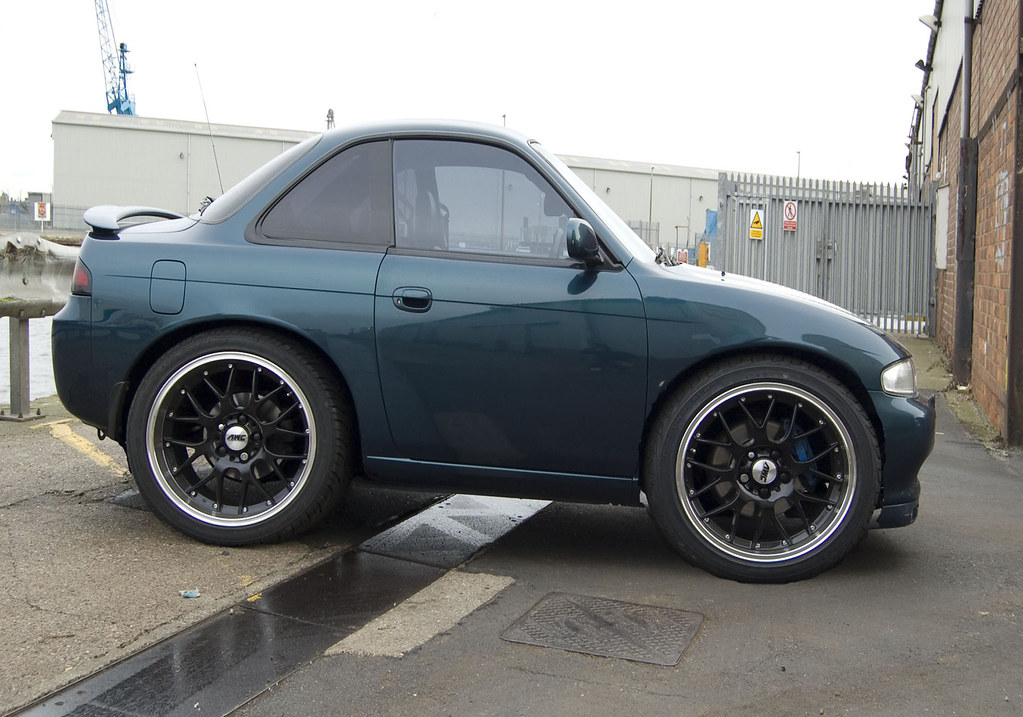
11. **Checking for Proper Installation**After going through the process of replacing your cabin air filter and reassembling your vehicle’s interior, the final crucial step is to verify that everything has been installed correctly. This verification ensures that your new filter is functioning as intended, providing optimal air quality and efficient performance from your HVAC system. A quick check can save you from potential issues down the road and confirm a job well done.
To begin checking for proper installation, hop into your vehicle and switch on the air conditioning or heating system. Set the fan to its highest setting. This will allow for maximum airflow, making it easier to detect any anomalies. Pay close attention to the airflow coming from your vents. It should feel strong and steady, indicating that air is moving freely through the new, clean filter without obstruction.
While the fan is running, listen carefully for any unusual noises, such as rattling, whistling, or an excessive hum. These sounds could indicate that the filter is not securely in place, the housing cover is loose, or that there might be a gap allowing air to escape. Furthermore, take a moment to assess the air quality. You should notice a distinct absence of musty or foul odors, replaced by a clean, fresh scent, especially if you opted for a charcoal-enhanced filter.
Should you encounter any issues during this test, such as weak airflow or unusual noises, it’s a good idea to perform some quick troubleshooting. Weak airflow might mean the filter isn’t properly seated or, less likely, that it’s already clogged (if it’s not a new filter). Unusual noises often point to loose components, so recheck the housing cover and the filter’s secure placement. If foul odors persist, ensure the new filter is indeed new and suitable for your vehicle, and that the housing area was clean before installation. Addressing these quickly ensures your hard work pays off with a perfectly functioning system.
Read more about: Unleash Your Inner Mechanic: 15 Essential DIY Car Hacks to Save a Fortune on Maintenance
12. **Ongoing Maintenance and Pro Tips**Congratulations, you’ve successfully replaced your car’s cabin air filter! This DIY task is not just about a single replacement; it’s an important part of your vehicle’s overall maintenance regimen. Establishing a routine for regular changes will ensure that you consistently enjoy clean, fresh air and optimal performance from your heating, ventilation, and air conditioning (HVAC) system for the long haul.
As a general guideline, it’s recommended to change your cabin air filter every 15,000 to 30,000 miles, or at least once a year. However, for the most accurate and specific recommendations tailored to your vehicle, always consult your owner’s manual. This invaluable resource will provide detailed maintenance schedules and guidance for your particular make and model. Adhering to these recommendations ensures the longevity of your HVAC system and a consistently healthy cabin environment.
The benefits of regular filter changes extend beyond just fresh air. They include improved air quality inside the vehicle, a significant reduction in allergens and pollutants, and an extended life for your HVAC system due to reduced strain. Knowing when to change the filter can also be indicated by subtle signs such as reduced airflow from your vents, any unusual smells, or visible dirt and debris on the filter itself during periodic checks.
For those times when purchasing a new filter immediately isn’t an option, auto detailing expert Chad Zani offers a practical tip: try vacuuming the debris out of the old one and spraying it with an antibacterial air freshener before reinstalling it. While this is a temporary solution and not a substitute for a new filter, it can provide some relief. Remember, if you ever find yourself struggling to locate or replace your cabin air filter, taking your vehicle to a professional shop is a wise choice. Given that it’s a relatively easy replacement, it typically remains an inexpensive repair, ensuring the job is done correctly without stress.
Read more about: Rev Up Your Restoration: The Ultimate Guide to the Best Free Online Forums for Classic Car Enthusiasts
Changing your cabin air filter is a simple yet vital task. It ensures cleaner air inside your vehicle. Regular maintenance can enhance your car’s performance and extend its life. Follow these steps to keep your car’s interior fresh. Don’t overlook this easy DIY project for a healthier driving experience.

